
A copy of a document substantiating details of the Imperial Japanese Army's Unit 731, and evidence of atrocities during the War of Resistance Against Japanese Aggression (1931-45). (Photo/China Daily)
The Museum of Evidence of War Crimes by Japanese Army Unit 731 in Harbin, Heilongjiang province, on Monday released new evidence of atrocities during the War of Resistance Against Japanese Aggression (1931-45).
The evidence was contained in two documents, including files of registration forms for the Imperial Japanese Army's Unit 731, that recorded the basic information of military doctors of Unit 731, as well as their affiliation, adjustment, demobilization and some other information after 1944.
The materials were discovered at the National Archives of Japan by Seiya Matsuno, a Japanese historian and a distinguished professor at Heilongjiang International University, who brought a copy to China in July.
Staff members listed in the documents covered ranks from second lieutenant to lieutenant general, and information included personnel transfers between Unit 731 and other health forces, which is the core file for the study of Unit 731 and Japanese germ warfare, according to the museum.
"It is a very important discovery, which marks the key evidence to comprehensively understand the crimes of the Japanese invaders and the coordinated crimes of military doctors," Jin Chengmin, curator of the museum, told Xinhua News Agency.
Unit 731 was a top-secret biological and chemical warfare research base established in Harbin in 1935 as the nerve center of Japanese biological warfare in China and Southeast Asia during the war.
The unit conducted experiments on living human beings to test germ-releasing and chemical weapons.
At least 3,000 people were used for human experiments by Unit 731, and more than 300,000 people across China were killed by Japan's biological weapons.
As China marked the 78th anniversary of the victory of the Chinese People's War of Resistance Against Japanese Aggression and the World Anti-Fascist War in early September, the museum released two documents containing lists of names of staff members from 24 Japanese army hospitals in Chinese cities, including Harbin and Mudanjiang in Heilongjiang, and Dalian in Liaoning province.
The two documents, which had six pages in total, were compiled by the Japanese Kwantung Army in August 1940, and were classified as secret.
A document showed that in October 1940, the Japanese Kwantung Army dispatched the First Army Hospital of the Japanese Army in Harbin to engage in the prevention and control of plague bacteria carried out by Unit 731 in Jilin province.
"In fact, the operations might aim to test the results of a plague bacteria attack in the name of outbreak control," Jin Shicheng, a researcher with the museum, was quoted by Xinhua as saying.
"The discoveries further proved that the Japanese army hospital in Harbin was closely related to Unit 731 and was an extension of medical crimes committed by Unit 731."








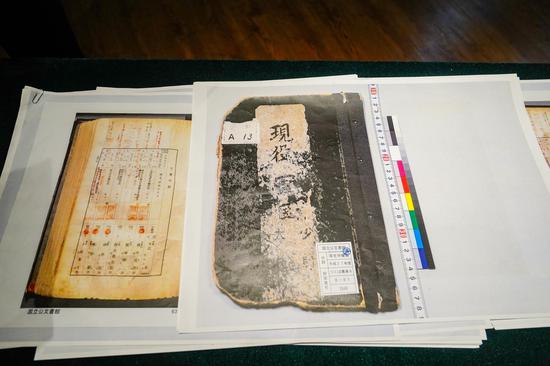






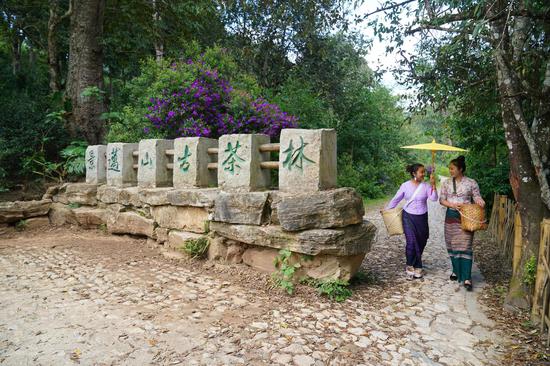





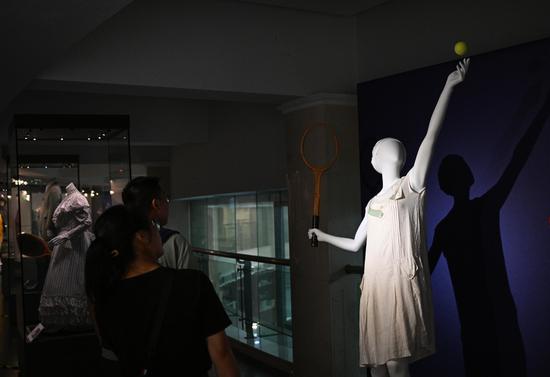


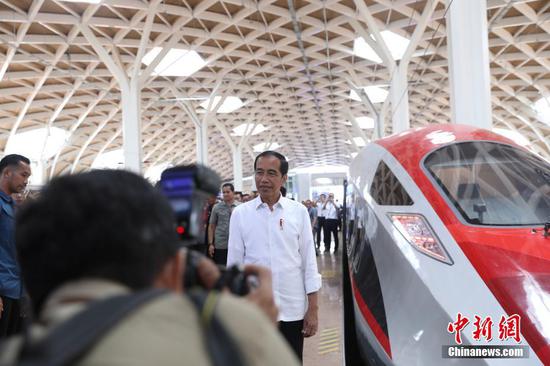
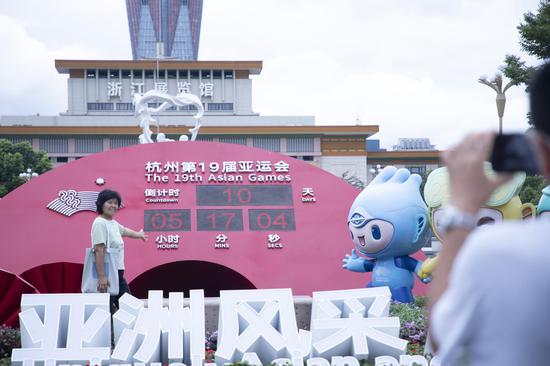



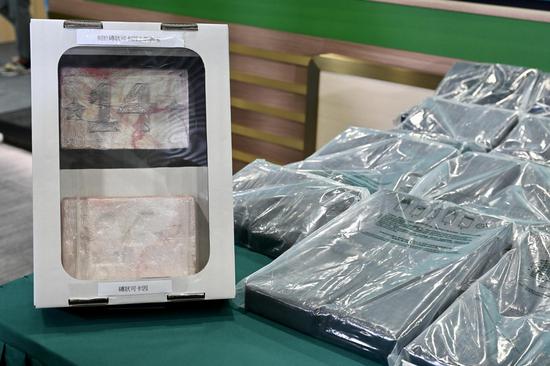



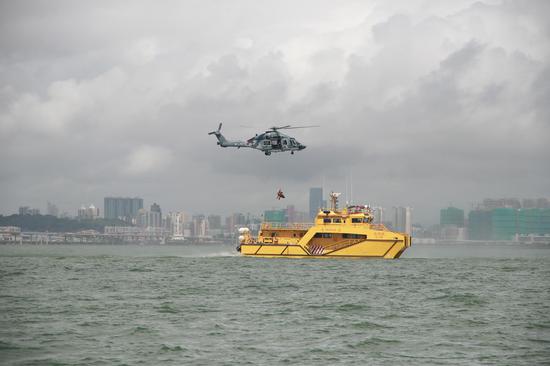

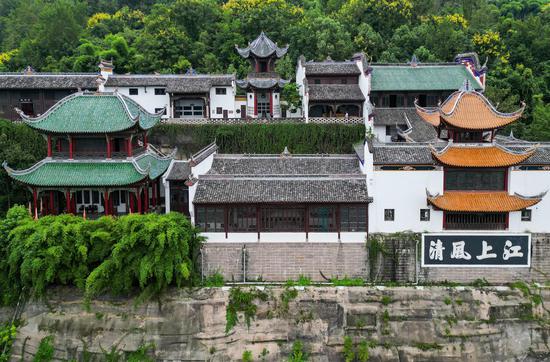

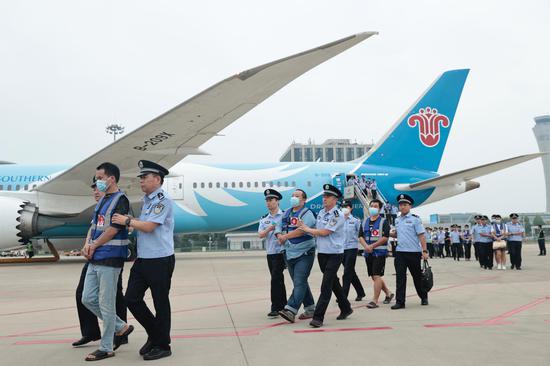

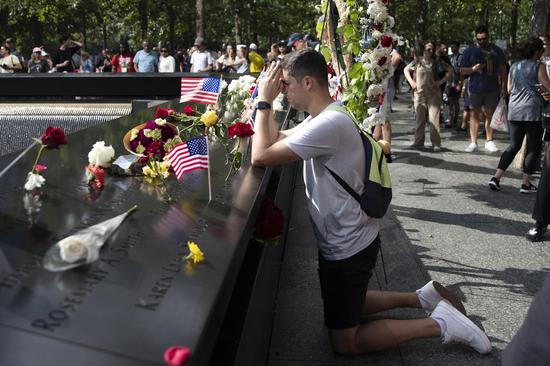
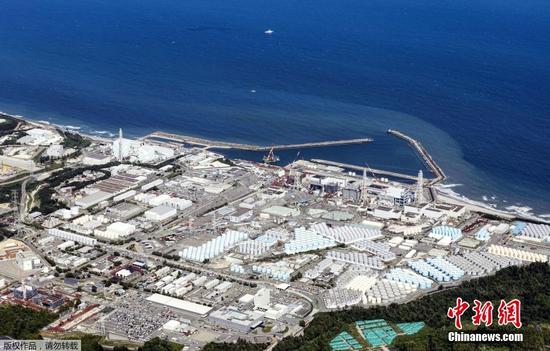



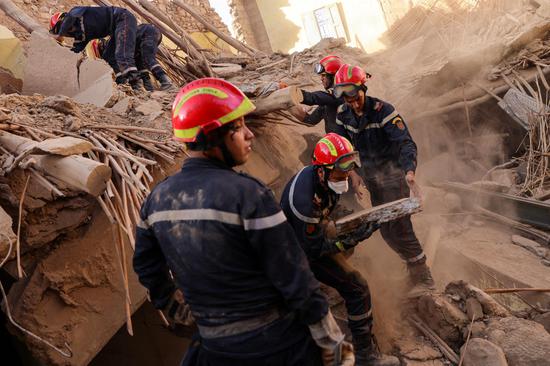

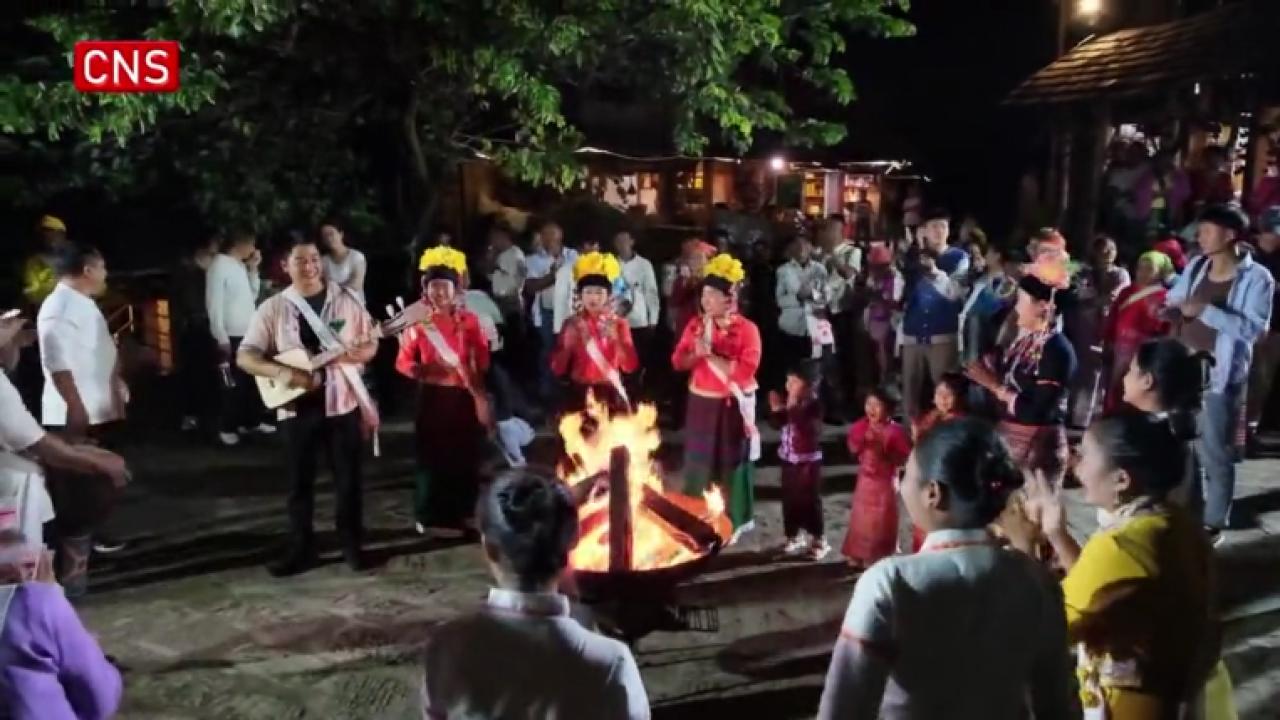



 京公网安备 11010202009201号
京公网安备 11010202009201号